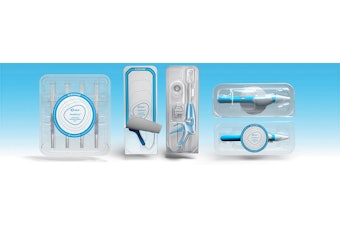
To get a reading of how companies are coping with the FDA’s new Unique Device Identification requirements, we checked in with Warren A. Opfer, President & CEO of Life Science Services International (LSSI), a consultant to medical device companies on operations, process improvements, quality, and regulatory compliance.
He says the biggest practical problem with UDI implementation is that “many companies underestimated what it takes to implement UDI.” Not surprisingly, “Companies with large quantities of SKUs” face the biggest challenges, and he says some companies weeded out less-important SKUs to help simplify their task. “There may also be reasons that companies want to retire products that have been replaced by newer designs or improved processes or materials,” he says.
Smaller device companies, and there are lots of them, face different challenges, says Opfer. “Most medical device companies are small with less than 50 employees. I expect the small- to medium-sized medical device companies with a significant number of SKU’s will have the hardest time complying with the UDI requirements.”
And the problems can be very practical and packaging-related, he says. “One of the problems for some companies is finding the area or “real estate” necessary to get all the labeling properly attached to the product per the regulation, he adds. “In some cases, the use of inner packaging in the form of sealed plastic bags or other suitable material will be needed to have sufficient space to apply all the required labeling when the product is small and/or has little suitable area to place the labeling. That will not help if the UDI must be a permanent marking on the device however.”
Opfer thinks UDI is a good idea, however, noting, “Over the years the identification of products has taken many forms and was not consistent from company to company and sometimes even within a company, particularly one that has been in business for a long time. The positive result from this effort is that the product identifier and key information about the product and manufacturer will be included for all UDI-compliant medical device products. Data such as Date of Manufacture for instance has not always been included in labeling.
“Some good news for some companies was that Class I devices that are exempt from Good Manufacturing Practices (GMP) requirements under 21 CFR 820, which are mostly Over-The-Counter (OTC) devices, do not need to be labeled with a UDI. This will especially help smaller medical device companies.”
Finally, what’s the biggest mistake a company can make relating to UDI?
Opfer is clear on that: “Putting off complying with the UDI requirements. The FDA has implemented the new rules over a long transition period. As a result, I do not think the FDA will be lenient with companies that are not compliant by the regulated deadlines in the transition.”





















